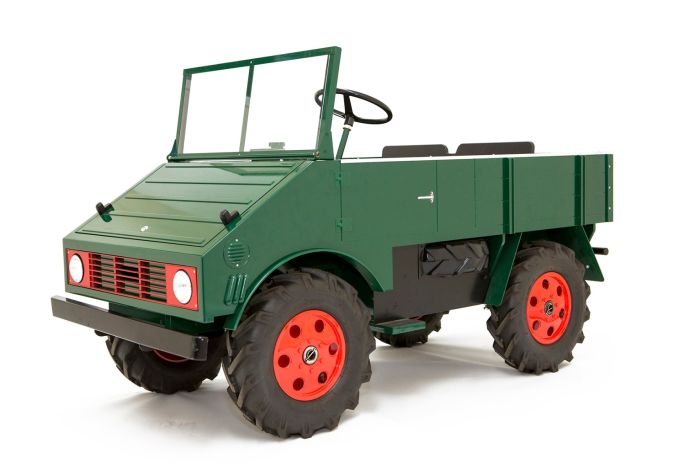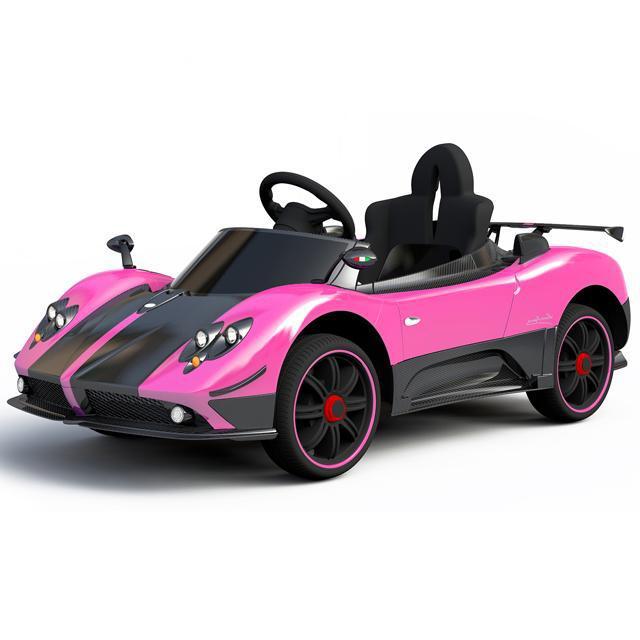Recommended News For Picking Kids Ride On Cars
Recommended News For Picking Kids Ride On Cars
Blog Article
What Should You Consider When Choosing A Ride-On Vehicle For A Toddler Or Older Child?
If you're thinking about ride-on cars for children, it is essential to take into account the age, size, and stage of development to ensure that the vehicle is safe, suitable, and enjoyable for them. Here are some things to take into consideration:
Choose cars that are specifically designed for toddlers aged 1-3. These cars have simple controls, a low design that is stable and has the option of a steering wheel or button. Choose ride on cars with wide bases for stability.
Older children (3+years old): As children get older, they're more in their ability to handle more advanced rides on cars that have more controls and features. Consider cars with adjustable seats and weight capacities that are higher as well as more interactive features such as working lights, sounds, and music. Look into ride-on vehicles with adjustable speeds or parental controls to suit different levels of skill.
Size -
Height and Weight when choosing a vehicle to take your child in, consider their size and weight. Select a vehicle with an appropriate height for the seat and capacity to accommodate your child's weight. Avoid cars too big or too small. They may be unsafe and uncomfortable.
Comfort and legroom Be sure that your car is spacious enough in space and legroom to allow your child to sit comfortably. The dimensions of the seating area must be suitable for the size and height of your child.
Developmental Stage
Motor Skills: Consider your child's capabilities in terms of motor skills, coordination, and balance when choosing a car. The controls for toddlers are simpler but they may not be able handle the more complicated functions and controls.
Ride-on cars help build confidence and independence - As kids learn to navigate and drive, ride-on cars foster confidence and help them develop their independence. Select a vehicle for your child which allows them to learn to steer and brake as well as improving their motor skills.
Engagement and Interest - Take into account your child's desires and interests when choosing the ride-on vehicle. Select a theme, color, or feature that will attract your child's interest. It could be an old-fashioned vehicle or sports car with personality, a pickup truck, or even a classic vehicle.
If you take into consideration your child's age, size, as well as their developmental stage, then pick a car that is fun and comfortable as well as safe. Your child will have endless hours of enjoyment as they explore. Check out the recommended remote control childrens cars for more advice including kidscars, remote control childrens car, childrens digger, remote control childrens electric cars, childs electric ride on car, childs ride on car, toy in car, toy the car, childrens digger, childrens electric ride on and more. . 
What Are The Top Cars For Indoor And Outdoor Use For Kids?
Models of kids' cars come with specific features that are suited to various environments and usage scenarios, whether they are indoors. This is how the designs differ - Indoor Use Cars The Indoor Use Cars
Dimension and weight cars that are designed for indoor use tend to be lighter and smaller, allowing them to maneuver more easily within tight spaces like living rooms, hallways or playrooms. They are small enough to be maneuverable around tight corners and narrow passageways without damaging furniture or walls.
Low Ground Clearance: Cars that are used indoors have a narrow ground clearance, which means they won't be snagged or stuck by obstacles like rugs, carpets or thresholds. This enables smooth, uninterrupted motion on indoor surfaces.
Smooth Wheels- Cars for indoor use The wheels are usually composed of smooth materials like rubber or plastic for the traction of surfaces that have a smooth surface, like laminate flooring or tile. They are specifically designed for indoor use, to reduce noise and to ensure that surfaces are protected from scratches.
Limited Speed - Indoor use cars typically have lower maximum speeds to ensure safe and controlled operation within restricted spaces. This helps prevent collisions and accidents caused by furniture, such as walls or other obstacles that are found within.
Outdoor Use Cars -
Durable construction - Outdoor cars are built using durable materials like metal or tough plastic, to withstand harsh handling and the elements of nature such as sunlight, moisture and temperature fluctuations. These cars are built to withstand the extreme conditions that are typical of outdoor use.
High Ground Clearance - Outdoor-use cars have a higher ground clearance so that they can take on bumps and uneven terrain that is encountered outside. They can now navigate rough surfaces, including pavements as well as gravel and grass.
Traction Tires -- The tires that are used on vehicles that are outdoors usually have treads or patterns designed to improve grip and traction while driving on roads which are slippery or uneven. This ensures stability and control over surfaces outdoors, preventing sliding or skiing.
Weather Resistant Components - Vehicles intended for outdoor use might contain weather-resistant parts, like electronic components that are sealed with waterproof casings, or the rust-resistant materials. These features protect the car from moisture and environmental harm. This permits the vehicle to stand up to mud, rain or puddles and still perform well.
Higher Speeds - Cars for outdoor use typically have greater top speeds to be able to handle large spaces and longer distances that are common in outdoor environments. It provides an exhilarating, adventurous experience for children who wish to experience the outdoors.
When considering these design features and other features, parents may choose a children's car that is best suited to their specific usage needs and the environment in which they will use it, whether inside or outside. They can then ensure your child is safe, fun, and lasting experience. See the top rated find out more for Audi ride on car for site info including race car toy, kidscars, childrens electric cars, toy car toy car, electric car ride, childrens electric ride on, pedal car, ride electric car, toy cars toy car, electric ride on cars and more. . 
What Factors Should I Consider Prior To Purchasing An Electric Car For My Kids? What Are Pros And Con?
Be aware of these aspects before buying an electric kid's car to ensure you purchase the right car to fit your child's needs. Here are a few key considerations and information about the cost as well as size and advantages and disadvantages.
It is important to consider the weight and age of your child when selecting an electric car. For children who are smaller or younger, compact and light models may be preferred. However older or larger children might require vehicles that have more space for them to be able to comfortably.
Cars Dimension and Weight –
Electric cars for kids come in a range of sizes. They range from tiny replicas to large-scale replicas. Consider the size and weight of the car in relation to your child's strength, age and size.
Price Band
The cost of electric vehicles for kids can vary depending on many factors, including size, brand and quality. Prices for micro-sized versions range between $50 and $200, while those for larger-scale replicas could cost as high as $800.
Pros and cons
Pros -
Entertainment - Electric children's cars provide hours of entertainment and imaginative fun for kids, allowing them to experience the thrill of owning their own vehicle.
Motor Skill Development: Driving an electric vehicle can help develop fine motor and spatial awareness skills in children.
Outdoor Play - Electric vehicles encourage outdoor activities and play. This encourages exercise and exploration.
Realistic Features - A lot of electric children's cars have realistic features like working headlights, horn sounds, and MP3 player compatibility, which enhances the fun experience.
Cons -
Costs - Top-quality electronic kids' cars can be expensive particularly licensed replicas of well-known car brands.
Battery Life - Electric cars depend on rechargeable batteries for power, which may have limited run times and require frequent recharging.
Safety Concerns: Electric cars have a myriad of safety issues including accidents and falls or being entrapped if they're not used under adult supervision and in a safe way.
Assembly and Maintenance A few electric vehicles need assembly upon arrival, and also regular maintenance such cleaning, battery care, and, occasionally, repairs or replacements for parts.
Features and Accessories -
Take a look at the features and accessories for your electric kids' cars with horns that operate, storage compartments, seatbelts as well as parental remote controls. Select a car that is compatible with your child’s interests and tastes.
The ideal electric car for your kid will ultimately be determined by their age, their size, their preferences and your budget. Make sure you research, compare the models review them, and evaluate the pros and cons before making your decision. View the most popular kids ride on cars kidscars.co.uk recommendations for website examples including toy in car, ride on toy, digger ride, toy car, riding digger, digger ride, toy toy cars, childs car toy, race car toy, pedal car and more. .